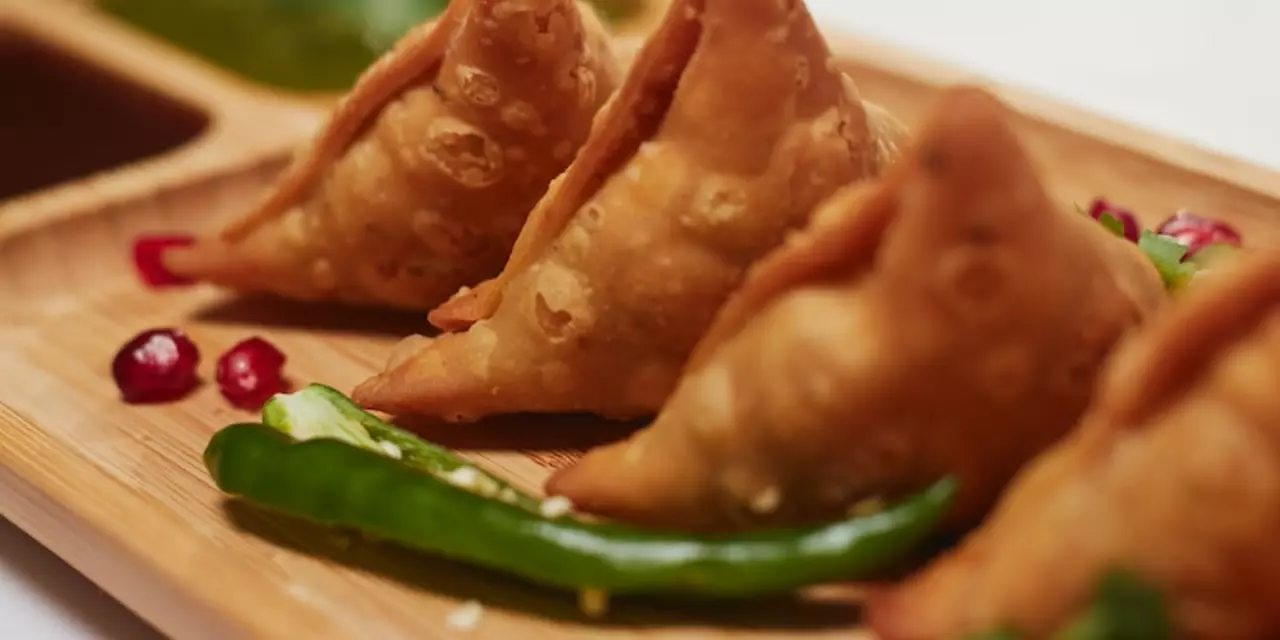Indian Food – A Quick Guide to Flavors and Recipes
If you love bold taste and colorful plates, Indian food is worth a try. It isn’t just one style; every region has its own ingredients, spices, and cooking methods. This guide will show you the basics so you can start cooking or ordering with confidence.
What Makes Indian Cuisine Unique?
Indian dishes rely on a mix of fresh herbs, ground spices, and aromatics like ginger, garlic, and onions. The spice blend called garam masala is common, but each household tweaks it to suit family taste. The balance of hot, sweet, sour, and salty creates layers of flavor that stay with you after the meal.
Another key point is the use of different grains. While rice dominates the south and east, wheat‑based flatbreads such as roti and naan are staples in the north. This variety lets you pair the right carb with the right curry, making each bite satisfying.
Popular Dishes from Across India
North India: Think buttery chicken tikka masala, creamy paneer butter masala, and fluffy naan. These dishes often feature a tomato‑onion base and a good amount of cream or yogurt.
South India: Expect rice‑based meals, tangy sambar, coconut‑rich curries, and thin crispy dosas. The flavors are usually brighter, with tamarind and curry leaves playing big roles.
West India: Gujarat offers sweet‑spicy dhokla, while Maharashtra loves spicy chicken bhurji and the sour Goan fish curry. Peanut and coconut oil are common cooking fats here.
East India: Fish and mustard paste dominate, giving dishes like macher jhol a sharp edge. Sweets such as rasgulla also hail from this region.
These are just a few examples, but they illustrate how geography shapes the food.
Cooking Tips for Beginners
Start with a simple dish like vegetable pulao or dal. You only need a few spices – cumin, turmeric, and chili powder – and the result is tasty. Toast whole spices for 30 seconds before grinding; this releases their aroma.
Don’t overcook vegetables. Indian cooking often finishes with a quick stir‑fry, which keeps veggies bright and crisp. If you’re using yogurt, add it on low heat to avoid curdling.
Finally, taste as you go. Indian cooking is flexible, so adjust salt, heat, and sweetness until it feels right to you.
With these basics, you can explore more complex recipes or enjoy authentic meals at local restaurants. Indian food offers something for every palate – whether you like mild flavors or a fiery kick. Happy eating!





